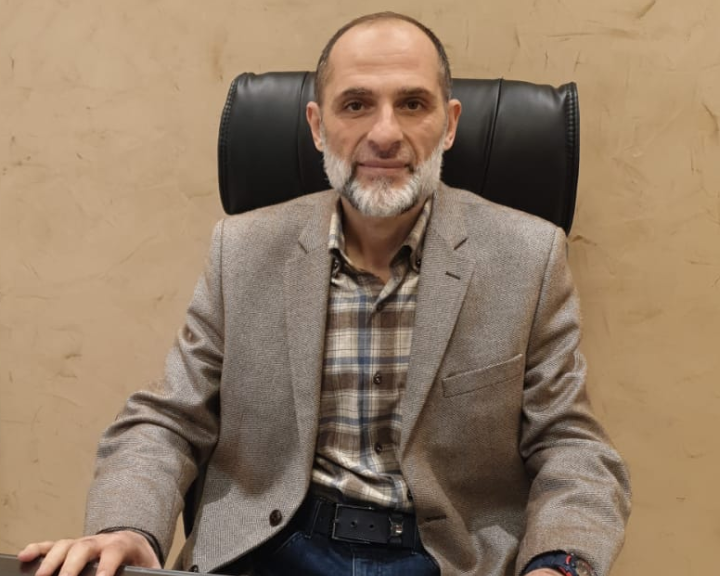The port of Tripoli (OEPT “Office d’Exploitation du Port de Tripoli” in French) is located in the north of Lebanon, just 30km from the border with Syria. As the second busiest port in the country, it plays a crucial role in the supply chain and in the economic prosperity. The port is receiving several types of traffic, from containers to dry bulk, agricultural products, etc. It has different areas for tertiary activities, with a free zone and a future open market. The Port is managed by a Board of Directors composed of 5 members elected for 3 years. Since 2021, the OEPT wants to expand its international partnership, this is why for example it has initiated a collaboration with Port of Dunkirk.
We wanted to interview Mr. Abdelrahman Hajar to understand the reasons why OEPT has recently joined the AIVP.

“In a few words”
AIVP – Could you briefly introduce your port to the members of our international network?
Tripoli Port (OEPT) is one of the most important ports of the Mediterranean. It occupies a strategic location that connects the Asian East with the European West. It also enjoys a great potential to ensure land communication and transportation through transit with Arab and Gulf countries. Goods coming from Europe or America can smoothly pass through the port of Tripoli to Syria, Jordan, Iraq and the Arab states of the Gulf without any mountainous obstacle. On top of that, the close proximity of Tripoli port to the Suez Canal (only 300 nautical miles) accord to it another doubtlessly considerable advantage. The port total surface area is 3.000.000 m2, water 1.500.000 m2 & land area 1.500.000 m2.
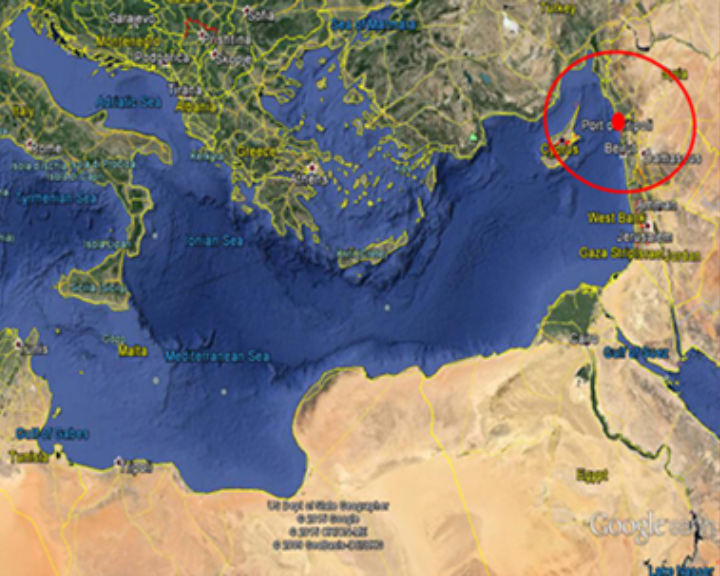
Yet, among the recent expansion achievements are a 600 m long, 15.2 m deep quay, and a rear zone of 650.000 m2. The anticipated plan is to extend the length of the quay to 1.200 m and to deepen the basin to 18 m draught, to backfill a stacking area of 160.000 m2, and to establish a special economic zone on a 550.000 m2 surface area. Besides, there’s a possibility to expand northwards by backfilling an additional water area of up to 750.000 m2.
AIVP – What can you bring to the AIVP network?
Since the port of Tripoli is often engaged in research and development projects related to the environment, transportation, logistics, and urban planning, AIVP can benefit from a collaboration on innovative projects and the port can be a pilot site for the projects/ studies during their implementation. In addition, OEPT staff can cooperate with AIVP to help with related studies. The port of Tripoli can also offer cultural experiences that benefit the city. Companies in the tourism, hospitality, and entertainment sectors can leverage this to create new business opportunities and promote the city’s image. Furthermore, it can help with networking and collaboration in the Middle East. In spite of that, our port can play a significant role in the urban planning and development of the city and collaborating with us can help AIVP align its goals with the city’s long-term vision, leading to more harmonious growth.
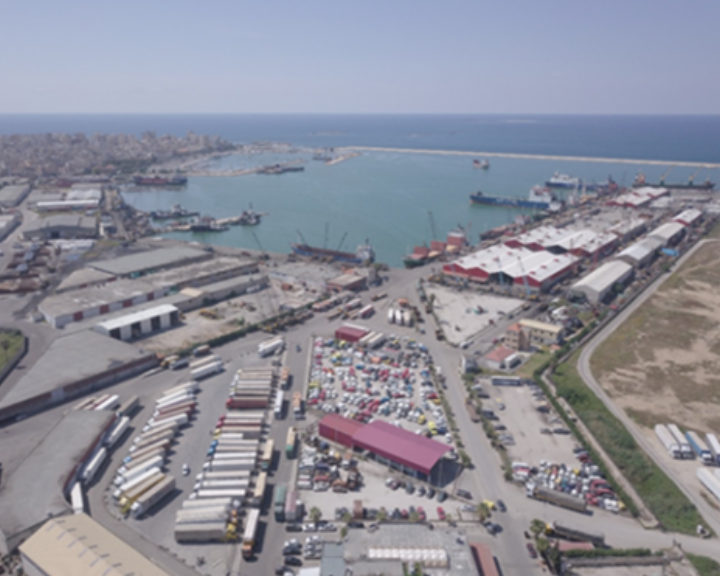
AIVP – What are you looking for in the AIVP network?
Port of Tripoli is increasingly focusing on sustainable practices and reducing its environmental impact. AIVP can collaborate with the port to adopt greener technologies and practices, aligning with the growing demand for eco-friendly solutions, also, training can help staff understand and implement sustainable performs, reducing the port’s environmental footprint. Furthermore, AIVP can help the port of Tripoli to find project partners/ leaders from EU, due to its important connection. This collaboration can create opportunities for cultural and social exchanges between the port and the city, and this can help foster a sense of community and integration, making the port a more integral part of the city’s identity. Nevertheless, AIVP can help with training programs to enhance the specific skills and competencies required for various roles within the port. This can lead to improved job performance and efficiency. Staff may need training to adapt to new technologies and systems, and can be prepared for various emergency situations, such as natural disasters or security threats, enabling them to respond effectively and minimize potential damage or disruptions. On the other hand, AIVP can help OEPT with equipment and technologies needed to modernize its work.
AIVP – Managing natural and technological risks is an important issue for the Port of Tripoli. AIVP has already assisted OEPT in a request for European funding on this subject. The link between protecting the population and protecting the environment was very clear in our cooperation. What are your future projects to improve safety in the face of crises?
The port of Tripoli is continuously working on applying for projects to assure the port’s safety and security, and to improve its environmental situation. In fact, the port is working to develop and regularly update comprehensive emergency response plans tailored to the specific needs of the port, including natural disasters, accidents, and security threats, with the priority of having a response team who is in need of continuous training, such as evacuation procedures, first aid, and fire safety. It is as well significant to conduct regular drills and simulations to test the effectiveness of emergency response plans and train personnel in crisis management. OEPT is also applying for projects with the main objective to enhance its technologies like, surveillance systems, access control, early warning systems that work with AI, to deter and respond to security crises and extreme weather events effectively. Furthermore, the port will be establishing clear and efficient evacuation plans for port personnel, visitors, and nearby communities, considering various disaster scenarios. The health, safety and environment department at the port is responsible for workers safety, and this is done through continuous field visits, awareness sessions, and reports, and through implementing rigorous protocols for the handling, storage, and transportation of hazardous materials inside and outside warehouses, including spill containment and cleanup procedures. Port staff is also working on implementing measures to contain and mitigate environmental damage in the event of spills or accidents, in accordance with environmental regulations, through an ongoing project. Nevertheless, it is important to invest in port infrastructure improvements to make it more resilient to natural disasters, such as constructing flood barriers and reinforcing key structures.
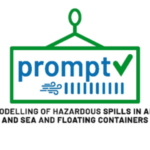
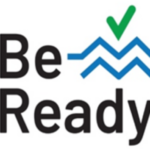
L’OEPT est partenaire ou site pilote de projets PROMPT et BE-READY.

